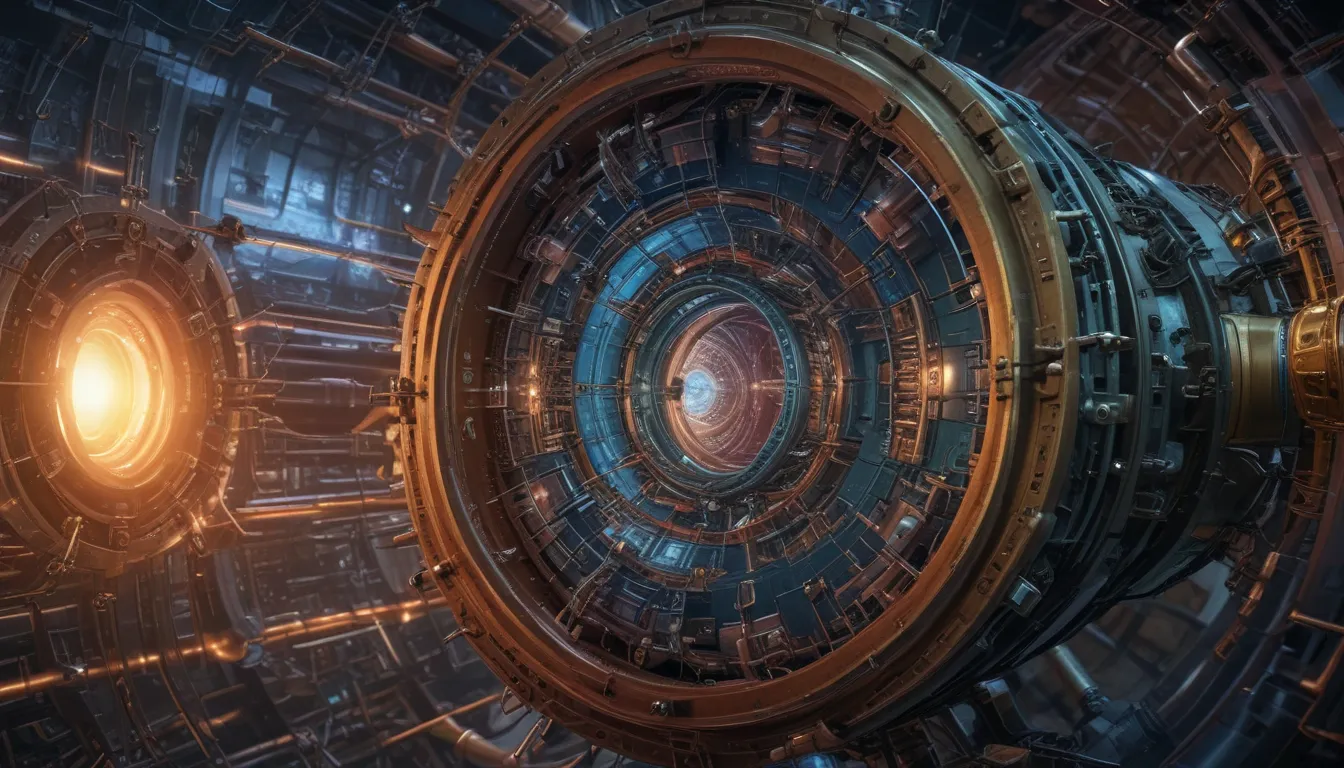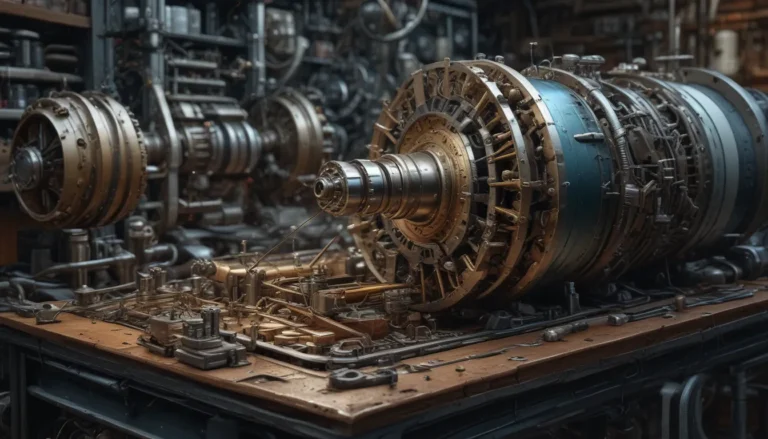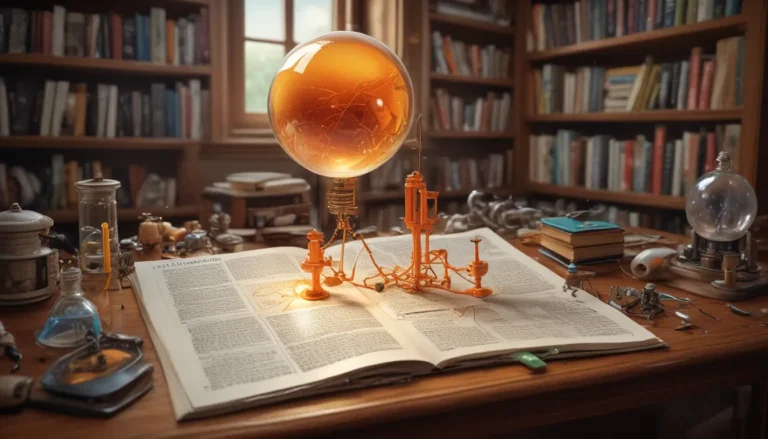A Note About Images: The images used in our articles are for illustration purposes only and may not exactly match the content. They are meant to engage readers, but the text should be relied upon for accurate information.
Welcome to the captivating world of Cherenkov detectors, where science meets innovation to unravel the mysteries of subatomic particles and high-energy physics. In this comprehensive guide, we will delve into the intricacies of Cherenkov detectors, exploring their origins, applications, and groundbreaking discoveries that have shaped the field of particle physics.
The Genesis of Cherenkov Detectors
Named after the eminent Russian physicist Pavel Alekseyevich Cherenkov, the Cherenkov detector is a revolutionary device that detects particle radiation using the Cherenkov effect. This effect, discovered by Cherenkov himself in the 1930s, occurs when a charged particle travels through a medium faster than the speed of light in that medium, emitting cone-shaped shockwaves of light known as Cherenkov radiation.
Unveiling the Cherenkov Effect
The ethereal glow of Cherenkov radiation manifests as a faint bluish hue, indicating the presence of high-energy particles moving at velocities exceeding the speed of light in the detecting medium. This phenomenon serves as the cornerstone of Cherenkov detectors, enabling physicists to identify and analyze a diverse range of particles, including electrons, muons, and pions.
Applications Beyond Particle Physics
While Cherenkov detectors are instrumental in high-energy physics experiments, their utility extends far beyond the realm of particle physics. These versatile devices find applications in medical imaging, neutrino detection, radiation monitoring, and even nuclear power plants, showcasing their pivotal role in healthcare, scientific research, and safety protocols.
Unraveling Cosmic Mysteries with Cherenkov Detectors
One of the most intriguing applications of Cherenkov detectors lies in neutrino astronomy, where these devices are deployed in neutrino telescopes to study cosmic neutrinos and investigate distant sources of high-energy particles. By harnessing the power of Cherenkov radiation, scientists are unlocking the secrets of the universe’s most enigmatic particles, paving the way for groundbreaking discoveries in astrophysics.
Evolution and Future Prospects
As technology advances and scientific exploration evolves, Cherenkov detectors continue to undergo refinements and enhancements, pushing the boundaries of particle physics and astrophysics. Scientists around the globe are dedicated to improving the sensitivity, efficiency, and versatility of these detectors, ensuring that they remain at the forefront of cutting-edge research and discovery.
FAQs: Unlocking the Secrets of Cherenkov Detectors
- What is a Cherenkov detector?
-
A Cherenkov detector is a specialized device that detects charged particles by observing the emission of Cherenkov radiation, allowing scientists to study subatomic particles and their interactions in high-energy physics experiments.
-
How does a Cherenkov detector work?
-
By utilizing the Cherenkov effect, a Cherenkov detector can identify high-energy particles that surpass the speed of light in a detecting medium, emitting distinctive Cherenkov radiation that can be analyzed to determine the properties of the particles.
-
What are the applications of Cherenkov detectors?
-
Cherenkov detectors are utilized in various fields, including particle physics, medical imaging, neutrino detection, and radiation monitoring, showcasing their diverse range of applications and contributions to scientific research and technological advancements.
-
Are Cherenkov detectors only used in large-scale experiments?
-
While Cherenkov detectors are commonly employed in large-scale experiments such as particle accelerators, they can also be utilized in smaller-scale applications, including handheld detectors for field studies and radiation monitoring purposes.
-
Can Cherenkov detectors detect all types of particles?
- Cherenkov detectors are primarily designed to detect charged particles and may not be suitable for directly detecting neutral particles like photons or neutrinos. However, in the case of neutrinos, Cherenkov detectors can be used in conjunction with other detectors to indirectly detect neutrino interactions.
Unveil the Universe’s Secrets with Cherenkov Detectors
Embark on a journey of discovery with Cherenkov detectors, as we unravel the enigmatic world of particle physics, astrophysics, and nuclear research. By harnessing the power of Cherenkov radiation, scientists are peering into the depths of the universe, uncovering hidden truths and pushing the boundaries of human knowledge. Join us in exploring the wonders of Cherenkov detectors and unlocking the mysteries of the cosmos.






